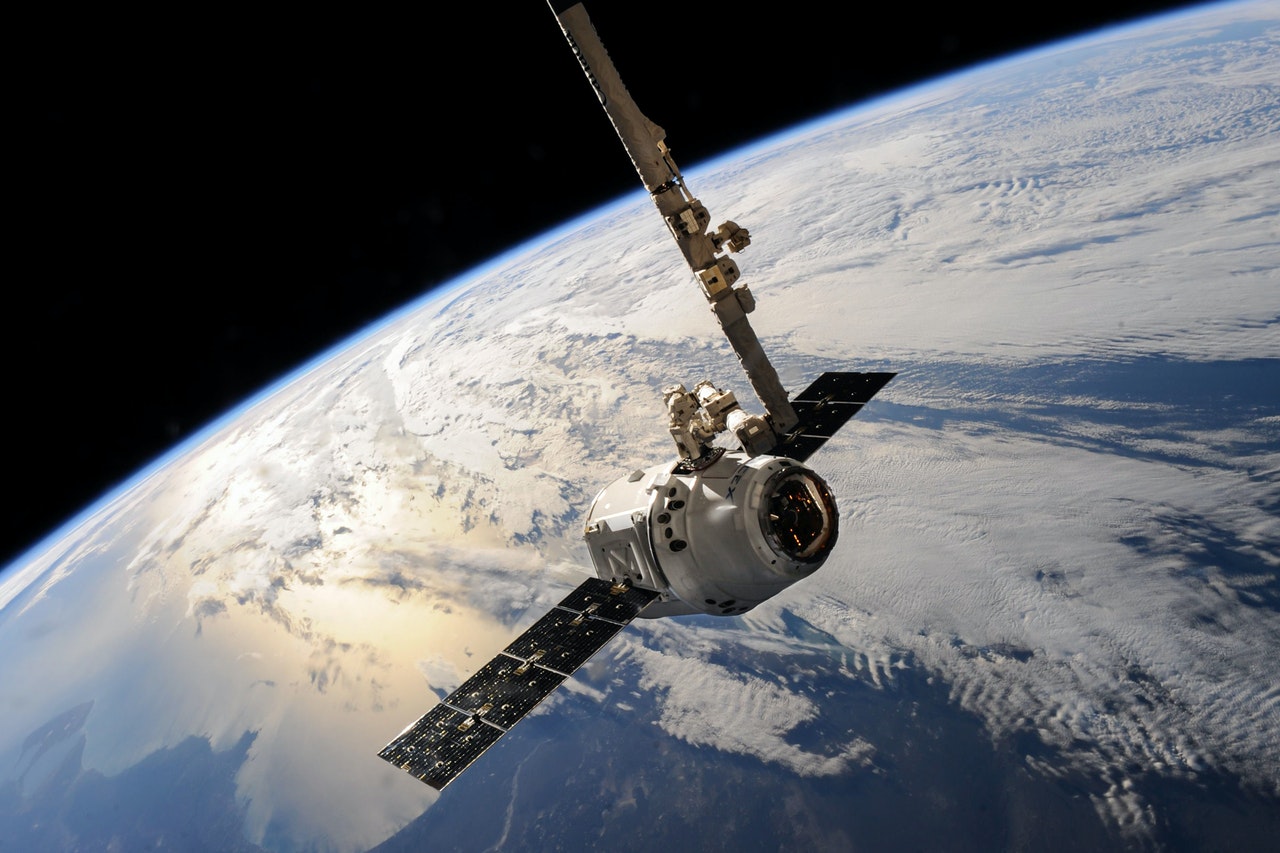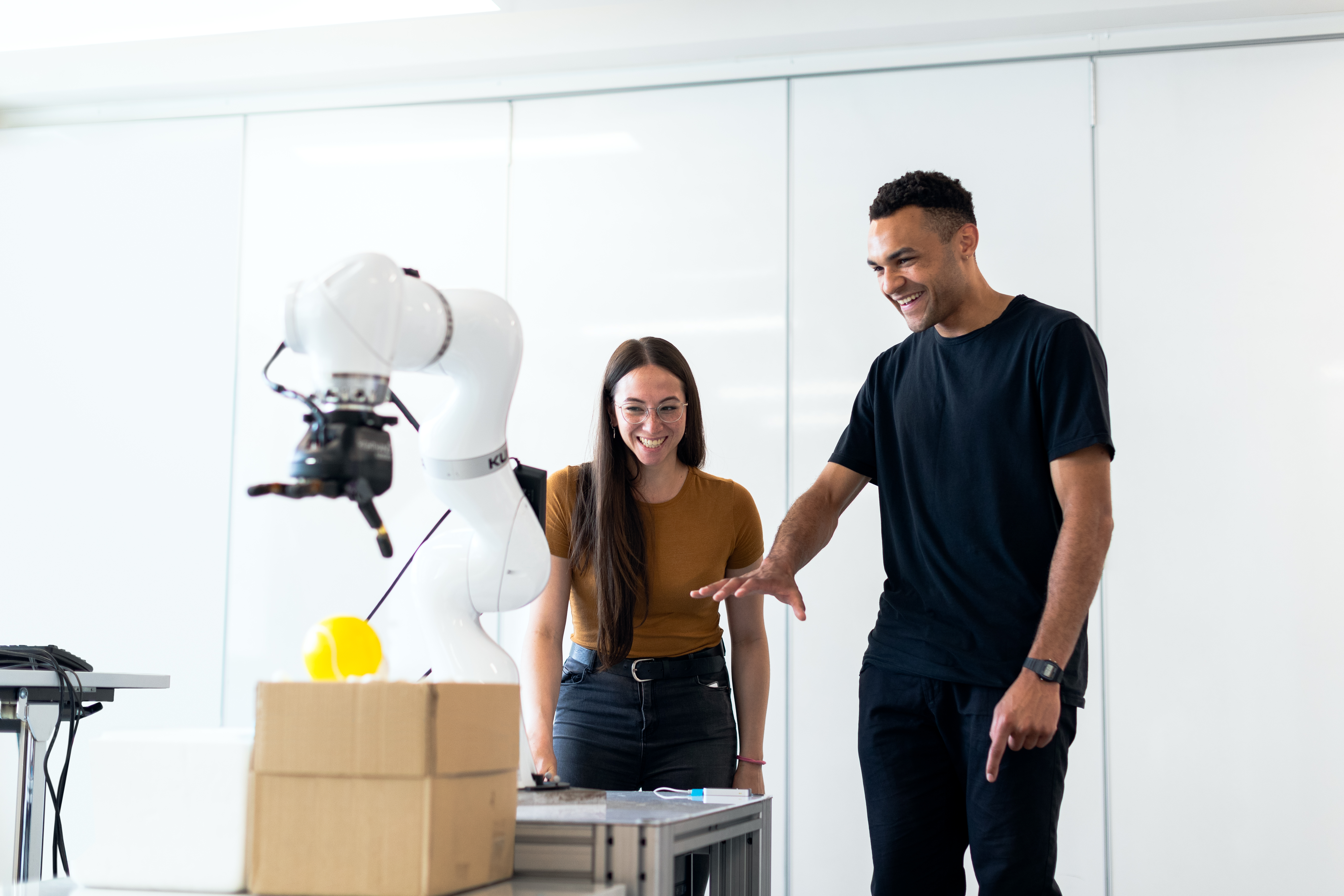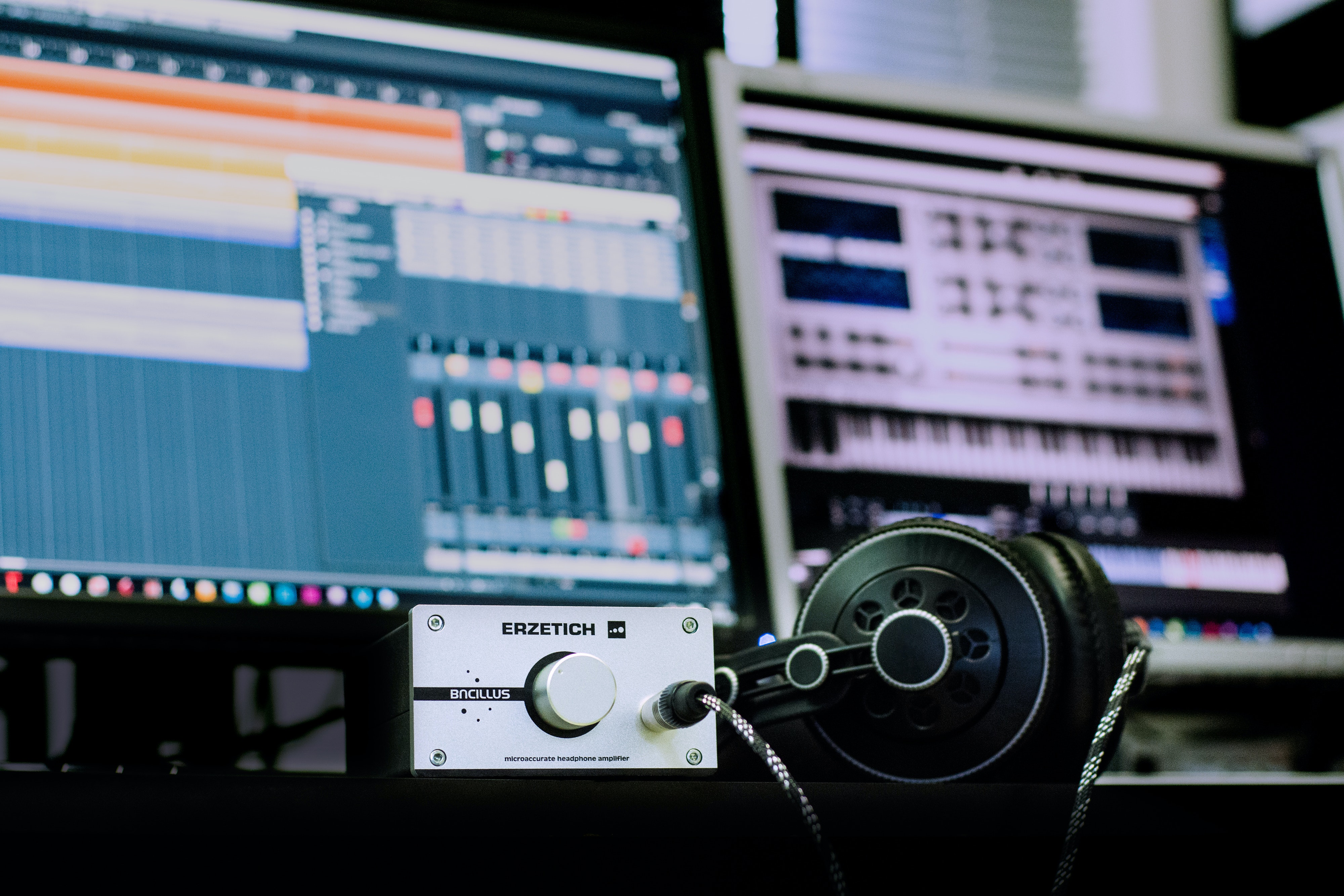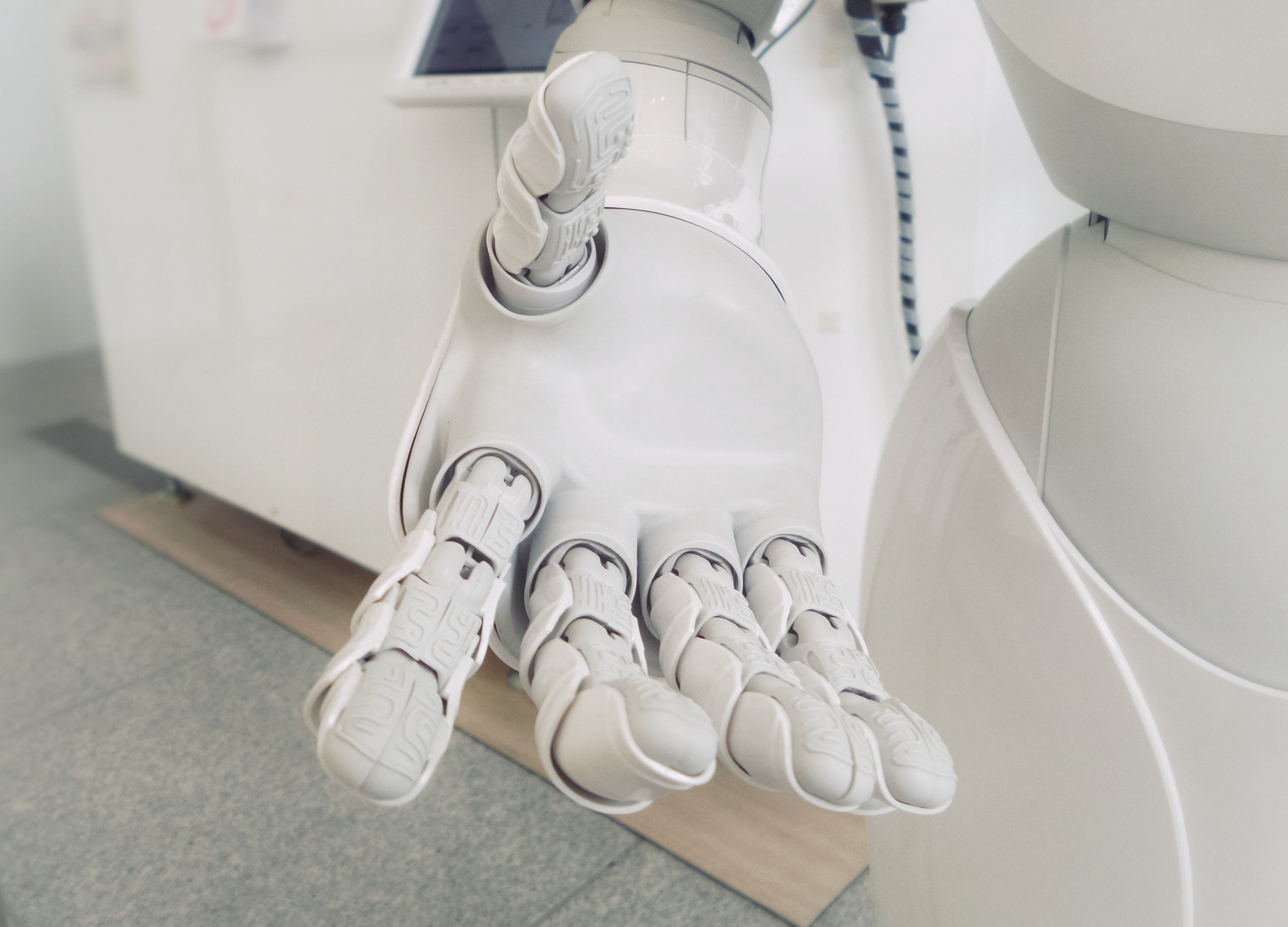The Power of Prediction in Industry
by Adolfo Navarro Mena
Questions to be resolved:
- What are predictive algorithms?
- What is possible to predict through them?
- How does that impact the smooth running of the industry?
- What technologies has Forcast developed in this area?
Introduction
What would have been the fate of Rose and Jack if the Titanic technical team had had a modern system to predict the appearance of icebergs? We will never know, but what we are sure of is that with a better predictability the captain could have made a faster and more assertive decision, favoring the protagonists in a better way.
The previous example makes us reflect on the way our decisions impact; But, what would it be like if we had more tools to know what the future will be like? Probably centuries ago the prediction was something associated with the occult or esotericism, but with the passage of time the prediction has become something more common and accessible than many believe. And by common, we do not mean the Octopus Paul, who “supposedly” had the ability to guess the outcome of football matches during the 2010 World Cup, is somewhat more complex and is related to the new technological capabilities of the 4th industrial Revolution.
What is Data Processing?
Data mining, also called knowledge discovery in databases, in computer science, is the process of discovering patterns in large volumes of data. The field combines statistical tools and artificial intelligence (such as neural networks and machine learning) with database congestion to analyze large digital collections, known as a data set.
Source: Enciclopedia Británica, 2020.
Data determines our decisions
“We know that data is the new oil,” says Fernando Castillo, Forcast’s operations manager; However, not all the information produced by a company is in good condition to be used or to deliver positive results, says the expert; But, thanks to the new capabilities of the various algorithms coming from computer engineering, today industrial processes can be carried out with a greater number of advantages in the face of the adversities of large-scale production.
Through what technologies is the above possible?
The machinery used for mining, agriculture, or other industries produces enormous volumes of information full of relationships that multiply and extend in various directions. Something that, according to Fernando Castillo, is difficult to be analyzed by human beings since it would take too long and, in most cases, it would be impossible to carry out. However, today we have various computer systems that are highly capable of using all that information produced and giving new answers to operators to make intelligent decisions for the benefit of a company. It is what is known as neural networks, the ones that even have memory.

“There are techniques that can focus on predicting anomalies, others on making more complex classifications that directly show production errors. For example, if an engine gets very hot in certain cycles, it is possible to preempt a failure that causes production to stop, ”says Fernando Castillo.
This is possible since we work with algorithms and time series that allow us to evaluate the past and present behavior of the machine to know during production what problems the company will eventually deal with.
“Every time new and better learning architectures are born and with that we are modeling more precisely”, says Fernando Castillo.
Regarding its applications, the COO of Forcast indicates that its scope is very wide, “all industries that have machinery can benefit from predictive algorithms”. This is the case of the bolts used in the structure of SAG mills for mining. Forcast developed and applied a system capable of predicting failure of these metal parts based on their performance history, what does this mean?
Fernando Castillo says that if the bolts of this mining machinery fail, this may mean that a mill does not operate for two full days. With a predictive system, you can know when the best time to do maintenance will be and stopping the operation of the mill is reduced to, for example, two hours. In this way, the company saves millions of pesos in loss.
On the other hand, a greater optimization of resources is also achieved. This is the case of solar energy, which decreases the quality of its energy production due to the weakening of the panels. With predictive algorithms it is not only possible to predict failures but also strategic decisions can be made. For example, postpone the repair of a panel if it still does not have a decisive influence on production and save on emergency maintenance that are much more expensive than scheduled.
Taking the leap towards digital transformation in the industry
For Fernando, all these opportunities are located in the field of digital transformation that the world is experiencing. The possibilities are endless and, in his own words, it is essential that everyone explores how companies can benefit by making use of these technologies and improving the ability to make smart and wise decisions.
Related Post:















